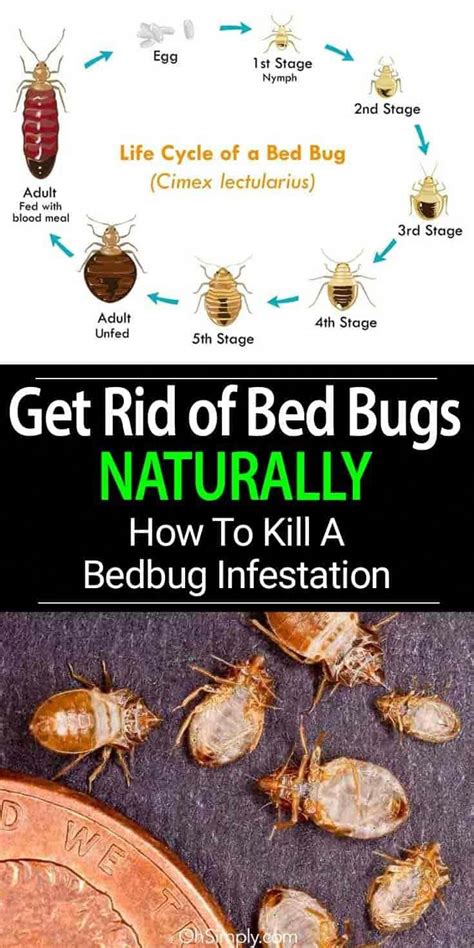How to Kill Bed Bugs: A Comprehensive Guide
Bed bugs. Just the thought sends shivers down your spine. These tiny, nocturnal insects are notorious for their itchy bites and persistent infestations. But don't despair! While challenging to eradicate, bed bugs are not invincible. This comprehensive guide will equip you with the knowledge and strategies to effectively kill bed bugs and reclaim your sleep.
Understanding Your Enemy: Bed Bug Biology
Before launching an all-out war, understanding your enemy is crucial. Bed bugs are small, flat insects, about the size of an apple seed. They feed on human blood, leaving behind itchy welts. Knowing their life cycle – egg, nymph, and adult – is key to effective extermination. They thrive in dark, secluded areas, making detection and treatment more difficult.
Key Bed Bug Characteristics:
- Nocturnal Feeding: They primarily feed at night, making detection challenging.
- Rapid Reproduction: A female bed bug can lay hundreds of eggs in her lifetime.
- Hiding Masters: They cleverly hide in cracks and crevices, mattresses, box springs, and furniture.
- Persistence: They can survive for extended periods without feeding.
Effective Bed Bug Control Strategies
Eliminating a bed bug infestation requires a multi-pronged approach combining several methods. Remember, patience and persistence are vital. One treatment rarely suffices.
1. Thorough Inspection and Identification:
- Visual Inspection: Carefully examine your mattress, box spring, bed frame, and surrounding areas. Look for bed bugs, their eggs (tiny white specks), and fecal spots (dark brown or black).
- Professional Inspection (Recommended): A professional pest control expert can conduct a thorough inspection, identifying the extent of the infestation and recommending the best course of action.
2. Physical Removal and Cleaning:
- Vacuuming: Thoroughly vacuum your mattress, box spring, bed frame, carpets, and surrounding areas. Dispose of the vacuum bag immediately in an outdoor trash can.
- Laundering: Wash all bedding, clothing, and other washable items in hot water (at least 120°F) and dry on high heat for at least 30 minutes.
- Steam Cleaning: Use a steam cleaner to target crevices and areas where bed bugs might be hiding. Steam's high heat kills bed bugs on contact.
3. Chemical Treatments:
- Over-the-Counter Insecticides: Several over-the-counter insecticides are available, but carefully follow the instructions. Focus on areas where bed bugs are likely to hide.
- Professional Pest Control: Professional pest control services often use more potent insecticides and have the expertise to effectively target infestations. They may employ various methods including targeted sprays, dusts, and heat treatments.
4. Heat Treatments:
- High Temperatures: Heat treatment involves raising the temperature in infested areas to lethal levels for bed bugs. This is a highly effective method, but requires specialized equipment. This is usually a job for professionals.
5. Prevention:
- Regular Inspections: Regularly inspect your bedding and furniture for signs of bed bugs.
- Protective Mattress Encasements: Use zippered mattress and box spring encasements to prevent bed bugs from accessing your mattress.
- Careful Baggage Handling: When traveling, inspect hotel rooms carefully and store your luggage away from the bed.
Choosing the Right Approach: When to Call a Professional
While DIY methods can be effective for minor infestations, a professional pest control service is often necessary for larger infestations or when DIY methods fail. Professionals have access to more powerful insecticides and techniques, ensuring a more thorough and effective eradication.
Remember, persistence is key. A single treatment rarely eliminates a bed bug infestation completely. A combination of methods and consistent vigilance is crucial for successful bed bug control. Don't hesitate to seek professional help if needed – regaining a pest-free home is worth the investment.
